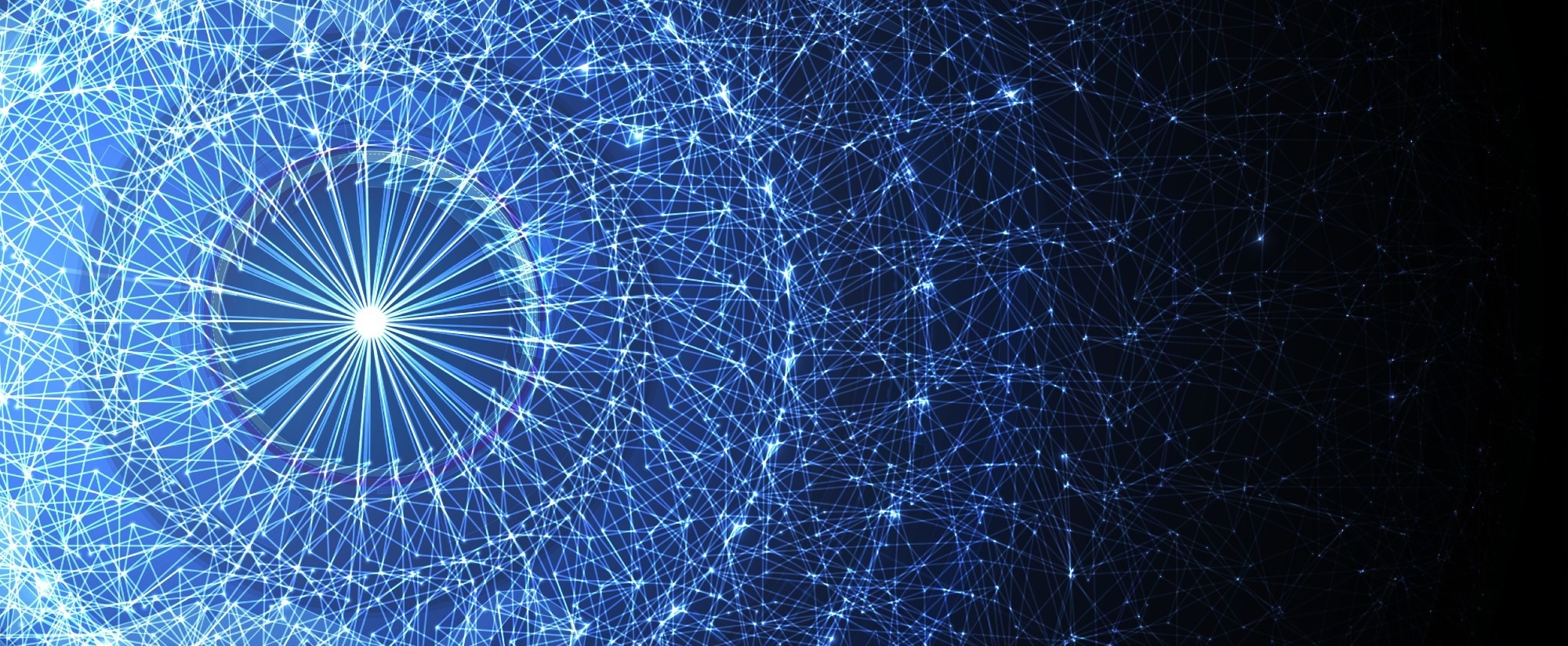Researchers at the University of California, Irvine, identified a new quantum state. The findings were reported in Physical Review Letters.

Image Credit: vs148/Shutterstock.com
The state exists within a material that, according to the team, could usher in a new era of self-charging computers capable of enduring the rigours of deep space travel.
It is a new phase of matter, similar to how water can exist as liquid, ice or vapor. It is only been theoretically predicted no one has ever measured it until now.
Luis A. Jauregui, Study Corresponding Author and Professor, Physics and Astronomy, University of California, Irvine
This new phase behaves like a liquid composed of electrons and their counterparts, known as "holes", that spontaneously pair up to form unusual states called excitons. Unusually, electrons and holes spin in the same direction.
Jauregui remarked, “It is its own new thing. If we could hold it in our hands, it would glow a bright, high-frequency light.”
The phase exists in a material produced at UC Irvine by Jinyu Liu, a postdoctoral researcher in Jauregui's lab and the study’s first author. Jauregui and his team used strong magnetic fields to analyze the phase at New Mexico’s Los Alamos National Laboratory (LANL).
The key to developing the new quantum matter was applying a high-intensity magnetic field of up to 70 Teslas to the material, which the scientists called hafnium pentatelluride. For comparison, the magnetic field from a powerful fridge magnet is roughly 0.1 Teslas.
Jauregui noted that, when his team applied the magnetic field, the “material’s ability to carry electricity suddenly drops, showing that it has transformed into this exotic state,” he noted. “This discovery is important because it may allow signals to be carried by spin rather than electrical charge, offering a new path toward energy-efficient technologies like spin-based electronics or quantum devices.”
Unlike traditional electronics materials, this novel quantum matter is unaffected by radiation, making it a great choice for space travel.
Jauregui added, “It could be useful for space missions. If you want computers in space that are going to last, this is one way to make that happen.”
Companies such as SpaceX are considering human-piloted space flights to Mars, which will require computers that can resist lengthy radiation exposure.
“We do not know yet what possibilities will open as a result,” Jauregui commented.
Jinyu Liu, graduate students Robert Welser and Timothy McSorley, and undergraduate researcher Triet Ho collaborated at UC Irvine to synthesize, analyze, and fabricate the material into measurable devices. Shizeng Lin, Varsha Subramanyan, and Avadh Saxena from LANL contributed theoretical modeling and interpretation.
High-magnetic-field tests were carried out with the assistance of Laurel Winter and Michael T. Pettes at LANL and David Graf at the National High Magnetic Field Laboratory in Florida.
Journal Reference:
Liu, J. et al. (2025) Possible Spin-Triplet Excitonic Insulator in the Ultraquantum Limit of HfTe5. Physical Review Letters. doi.org/10.1103/bj2n-4k2w.